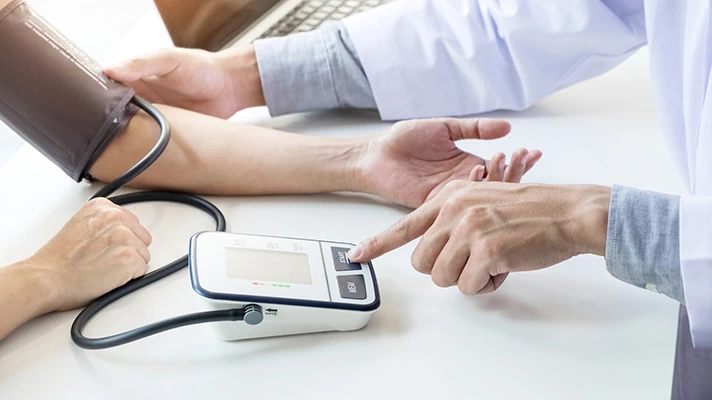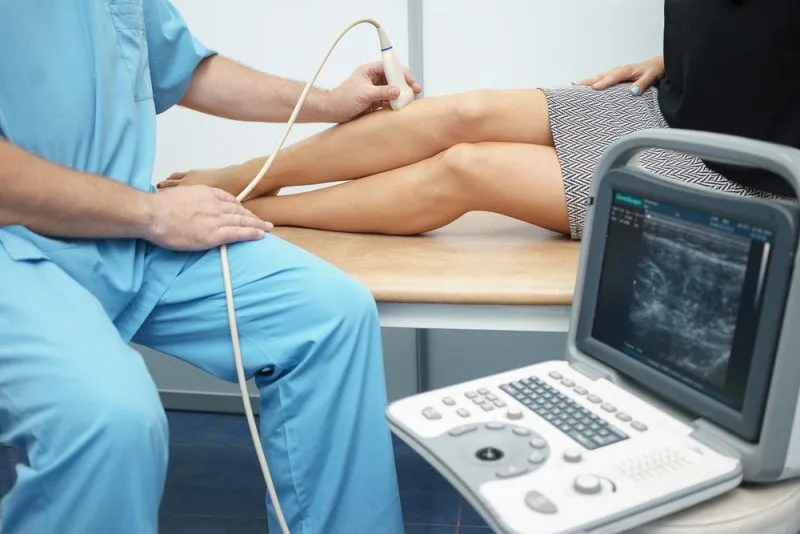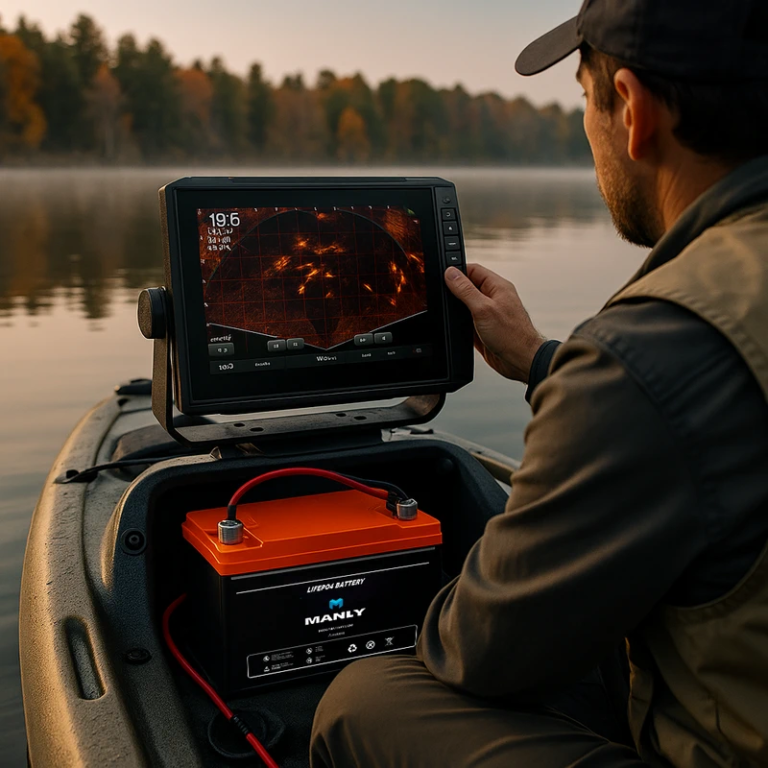Innovaciones en dispositivos médicos portátiles: crecimiento y análisis del mercado
Tabla de contenido
- Innovaciones en dispositivos médicos portátiles: crecimiento y análisis del mercado
Adapting to the Future: The Surge in Home-Based Portable Medical Devices
The experience of confronting the COVID-19 virus has made people fully realize the importance of self-health management. As a result, the use of portable medical devices in home settings has surged. Thanks to these devices that offer remote monitoring, non-invasive, and even wearable capabilities, individuals can now obtain essential vital sign data at any time. This not only significantly reduces anxiety regarding their health but also minimizes their hospital visits.The widespread adoption of portable medical devices can be attributed primarily to two factors. First, the enhancement brought about by new technology in these devices has significantly improved their practicality, accuracy, and accessibility. Second, according to the "World Population Prospects 2022" report released by the United Nations Department of Economic and Social Affairs, the global population of individuals aged 65 and above will be 771 million in 2022. This number is expected to rise to 994 million by 2030 and reach 1.6 billion by 2050. With the rapid increase in the global elderly population, the demand for health status monitoring has also become a major driver for the growth of the portable medical device market.In practical applications, the function of portable medical devices isn't just limited to testing and monitoring physiological parameters. Some devices are now equipped with recording and data analysis capabilities. For instance, electronic blood pressure monitors, after quickly completing a measurement, not only display the current measurement result to the user but can also store this data for long-term blood pressure tracking purposes. Current insulin meters are often equipped with communication ports (IR/wireless) that can transmit real-time measured data to PCs or insulin pumps, assisting in long-term treatment.From an application standpoint, portable medical devices are generally battery-powered, compact, and easy-to-use handheld devices. However small they might appear, every portable medical device is a sophisticated electronic product. Consequently, engineers don't find it easy to design these products, as there are many design nuances to consider.
Fuerzas impulsoras detrás de la rápida expansión del mercado de dispositivos médicos portátiles
In recent years, the use of portable medical devices (PMD) has become increasingly widespread. A combination of factors, including technological advancements, the pressure to reduce public health costs, and the desire to offer broader patient populations access to healthcare solutions, are driving the growth of the PMD market.Research and Markets found that in 2022, the global revenue for the portable medical devices market will reach $57.3 billion. Between 2022 and 2027, the market is projected to grow at a robust compound annual growth rate (CAGR) of 9.2%. By 2027, the total market value of portable medical devices is expected to reach $96.93 billion. Segmented by product type, products used for diagnostic and monitoring purposes will contribute nearly 44% to the market by 2027 and are anticipated to dominate the portable medical devices sector. From 2022 to 2027, the CAGR for the portable medical devices market in the Asia-Pacific region is expected to be 10.4%.An analysis by Data Bridge Market Research indicates that in 2022, the market for portable medical and healthcare devices stood at $64.58 billion. It is projected to reach $137.43 billion by 2030, with a CAGR of 9.9% from 2023 to 2030. Among the key factors propelling this growth is the increasing ubiquity of wearable devices and other portable technologies. Using these devices for remote patient health monitoring also has the potential to effectively reduce medical expenses.
Analizando las complejidades de los dispositivos médicos portátiles: una inmersión profunda
One of the challenges faced by portable medical devices today is that they need not only remote connectivity capabilities but also the maintenance of quality and responsiveness of all gathered data. Furthermore, portability is a significant consideration. The term "portable" in portable medical devices is primarily in contrast to the large-scale medical equipment used in hospitals, most of which are wheel-mounted and cumbersome to move. Today's "portable" medical devices are not just transport-friendly; many are even "wearable." These transformations pose multiple challenges for designers.Upon "dissecting" portable medical devices, several functional blocks can be identified that are common across most portable consumer and home-use medical devices. These include: biometric sensors, amplification and analog-to-digital conversion of sensor input, battery and power management, low-power microcontrollers or digital signal processors (DSP), user interface or display, human-machine interface (HMI), and data interfaces (both wireless and wired).Microcontroladores (MCU)/DSP:
Portable medical devices produce a considerable amount of raw data. The ability to store and process data, recognize changes, provide feedback, connect with large systems, and execute diagnostic algorithms are typically essential features of system microcontrollers. However, ultra-low power consumption and high performance often clash, making it vital to balance system processing needs with power constraints. Key design considerations for portable medical devices are low power consumption, primarily to prolong battery life. Other requirements include faster time-to-market, cost-efficiency, reliability, compact size, and higher integration.Gestión de batería y energía:
For portable medical devices, simple systems with very low power consumption can use disposable batteries, while larger systems might need various sizes of rechargeable batteries and battery packs. When medical systems are needed, there often isn't the luxury of time to wait for charging. Dynamic power path management and other features can charge the battery independently while powering the system, eliminating wait time for battery charging before operation. The lifespan of portable medical devices can range from a few days, months, or even several years.With the maturation of Batería de Litio research and development technologies and the increasing mobility demands of portable medical devices, lithium batteries, boasting high voltage, high energy, and longevity, are gradually taking the lead in the medical device industry. These batteries enable medical devices such as defibrillators, monitoring instruments, ultrasound equipment, and infusion pumps to operate in locations distant from hospitals. It is precisely because of technologies like lithium batteries that 50-pound defibrillators can now be replaced with lighter, more compact devices.Benefits of using baterías de litio en dispositivos médicos:- Excelente desempeño en seguridad:Las baterías de litio para dispositivos médicos adoptan un embalaje flexible de aluminio y plástico, diferente de la carcasa metálica de las baterías de litio líquido. En escenarios potencialmente inseguros, las baterías líquidas pueden explotar, mientras que las baterías de dispositivos médicos, como máximo, podrían inflarse.
- Diseño delgado: There's a technical limitation for liquid lithium-ion batteries to be less than 3.6mm in thickness. However, medical device batteries face no such constraint even when they're less than 1mm thick.
- Ligero:Las baterías de litio para dispositivos médicos pesan un 40% menos que las baterías con carcasa de acero de capacidad equivalente y un 20% menos que las con carcasa de aluminio.
- Formas personalizables:La forma de las baterías de litio para dispositivos médicos se puede modificar según las necesidades del cliente. Esta flexibilidad permite realizar ajustes rápidamente en el grosor y el factor de forma de la batería.
- Alta capacidad:La capacidad de las baterías de litio diseñadas para dispositivos médicos es entre un 10 y un 15 % mayor que la de las baterías con carcasa de acero del mismo tamaño y entre un 5 y un 10 % más que sus homólogas con carcasa de aluminio.
- Baja resistencia interna:Los diseños especiales pueden reducir sustancialmente la impedancia de la batería de litio, mejorando significativamente su rendimiento de descarga de alta corriente.





















